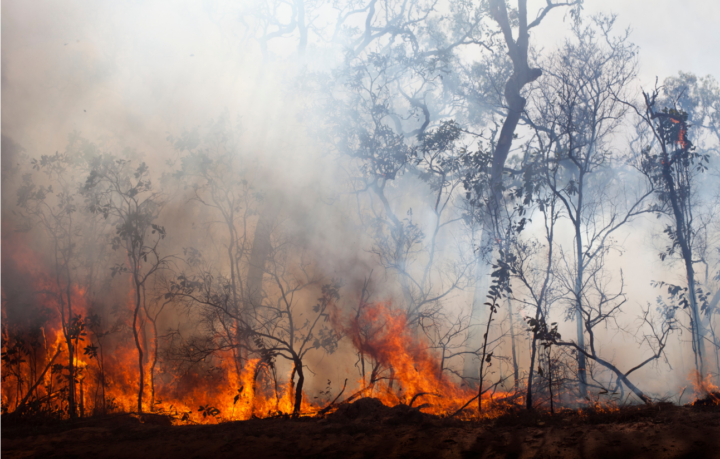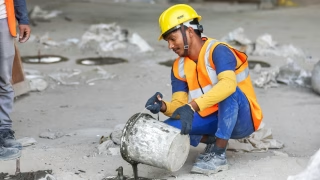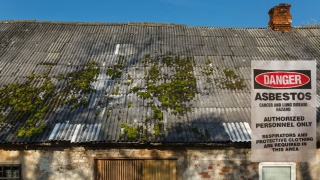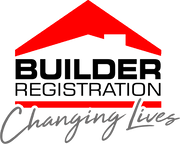
In Australia, addressing indoor air quality during bushfires in the context of building and construction involves a mix of construction standards and indoor air management strategies:
1. Construction Standards:
Australian Standard AS 3959: This standard outlines construction requirements for buildings in bushfire-prone areas to improve resistance to bushfire attacks. It categorizes bushfire risk into six Bushfire Attack Levels (BALs), each with specific construction requirements to mitigate risks from burning embers, radiant heat, and direct flame contact 1 2 3.
2. Indoor Air Management:
Air Filtration: Enhancing air filtration systems in buildings can significantly reduce outdoor bushfire smoke contaminants. For example, a study found that premium offices reduced outdoor bushfire smoke contaminants by up to 90% 4.
Building Envelope Improvements: Improving the building envelope can help reduce smoke infiltration. However, even in airtight homes, pollutant levels can increase over time during prolonged smoke events 5.
Ventilation Systems with Particle Filtration: Designing, selecting, and operating household ventilation systems with particle filtration can be crucial to reducing indoor exposures during prolonged smoke events 5.
Portable Air Cleaners: Utilization of portable air cleaners can also be part of the strategy to improve indoor air quality during bushfire smoke events 5.
3. Air Quality Measurement:
Monitoring indoor air quality, particularly levels of particles smaller than 2.5 micrometres (PM2.5), is crucial during bushfire events. The PM2.5 Air Quality Index is used to measure air quality levels across Australian cities, and managing these levels is vital during bushfires 6.
4. Use of Air Conditioners:
Although not designed for filtering out smoke, air conditioners may help remove some smoke particles, providing a level of relief during bushfire seasons 7.
5. Public Awareness and Education:
It’s also crucial for the public to be educated on the risks associated with bushfire smoke and the measures they can take to improve indoor air quality during such events 5 8.
These measures and standards aim to provide a safer indoor environment during bushfires, thereby minimizing the associated health risks.






